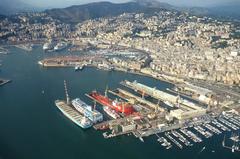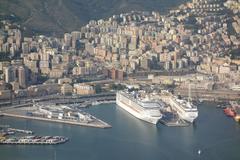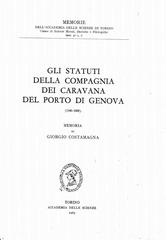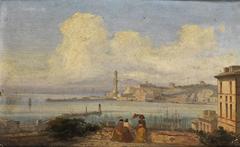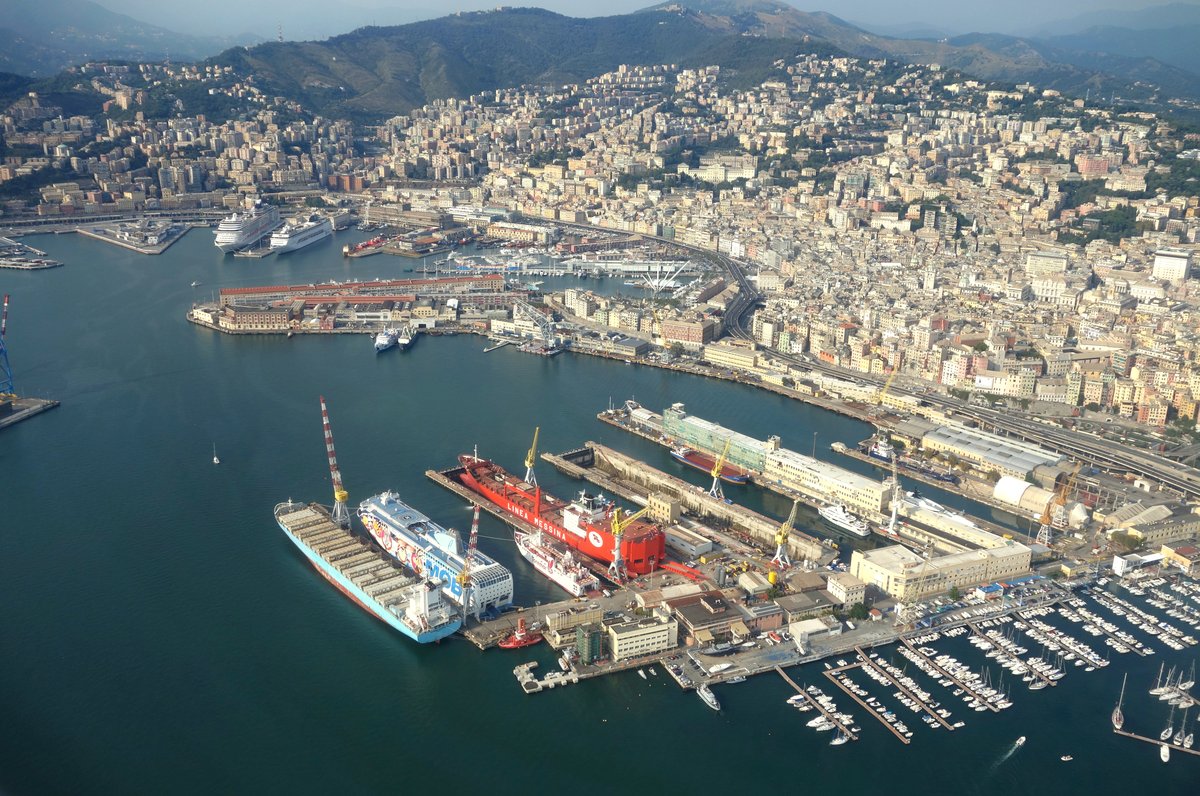
Port of Genoa Visiting Hours, Tickets, and Travel Guide
Date: 14/06/2025
Introduction to the Port of Genoa
Nestled on Italy’s Ligurian coast, the Port of Genoa stands as a testament to over two millennia of maritime history, economic vitality, and cultural richness. As Italy’s busiest seaport and one of the Mediterranean’s oldest continuously operating harbors, it has played a pivotal role in shaping trade, diplomacy, and naval power since its origins in the 5th century BCE (Discover Genoa; Business Italy).
Today, visitors can experience a unique blend of historical landmarks and modern attractions. The revitalized Porto Antico (Old Port), transformed by architect Renzo Piano, features the renowned Acquario di Genova, Galata Museo del Mare, and the iconic Palazzi dei Rolli — a UNESCO World Heritage ensemble (KimKim; Amongst Romans; Official Palazzi dei Rolli website). This guide provides essential information on visiting hours, ticketing, tours, accessibility, dining, and nearby excursions, making it an indispensable resource for planning your visit (Ports of Genoa; Wikipedia).
Table of Contents
- Historical Overview
- Visiting the Port of Genoa: Hours, Tickets & Tours
- Economic and Strategic Importance
- Modern Facilities and Visitor Experience
- Exploring Porto Antico & Cultural Attractions
- Practical Visitor Information
- Frequently Asked Questions (FAQ)
- The Palazzi dei Rolli: History, Tips, and Information
- Summary and Recommendations
- References
Historical Overview
Origins and Early Development
The Port of Genoa, or Porto Antico, dates back to the 5th century BCE. Initially a natural inlet used by Ligurian tribes and Romans, it evolved into a strategic hub for commerce and military activity (Discover Genoa). By the 12th century, the port’s infrastructure began to formalize, setting the stage for Genoa’s rise as a maritime powerhouse.
The Maritime Republic Era
Between the 11th and 15th centuries, Genoa flourished as one of Italy’s four great Maritime Republics. The port enabled expansive trade with the Byzantine Empire, North Africa, and the Levant. Notable developments include the Palazzo San Giorgio (1260), which became a pioneering center for banking and naval finance (KimKim; Discover Genoa).
Renaissance and Baroque Expansion
The 16th and 17th centuries were marked by wealth and cultural growth, with the construction of grand palaces and the modernization of port facilities to accommodate larger ships (Amongst Romans). However, the French bombardment in 1684 signaled the start of a period of decline.
19th Century Revitalization
Following its annexation by the Kingdom of Sardinia in 1815, Genoa’s port was modernized, becoming a major departure point for Italian emigrants heading to the Americas (Amongst Romans).
20th Century: War and Modernization
The port sustained heavy damage during the World Wars but was rapidly rebuilt and expanded post-war. The economic boom of the 1960s brought additional docks, container terminals, and logistics centers. By the late 20th century, commercial activity shifted westward, prompting a revitalization of the Porto Antico district (Discover Genoa).
Porto Antico Redevelopment
The 1980s–90s saw Renzo Piano’s transformation of the Old Port into a vibrant cultural and recreational district with attractions like the Acquario di Genova, Biosfera, Bigo Elevator, Galata Museo del Mare, and Palazzo San Giorgio (Time Travel Turtle).
Visiting the Port of Genoa: Hours, Tickets & Tours
Visiting Hours
- Acquario di Genova: Daily, 9:00 AM–8:00 PM (last admission 7:00 PM). Seasonal variations possible.
- Galata Museo del Mare: Tuesday–Sunday, 10:00 AM–6:00 PM; closed Mondays.
- Palazzo San Giorgio: Limited public access; Port Authority offices open weekdays.
Ticket Information
- Acquario di Genova: Adults ~€27; discounts for children, seniors, and families. Advance online booking recommended.
- Galata Museo del Mare: Adults ~€10; combo tickets with aquarium available.
- Guided tours often include multiple sites.
Guided Tours
- Walking tours focused on history, architecture, and culture (Nomads Travel Guide).
- Boat tours depart from the port, providing scenic harbor views.
- Special events, including regattas, offer immersive experiences.
Accessibility & Travel Tips
- Best Time to Visit: May, June, and September for mild weather and fewer crowds.
- Accessibility: Wide promenades and many attractions are wheelchair accessible.
- Getting There: Genoa’s airport is 4 miles west of the city; train stations (Piazza Principe and Brignole) offer easy access.
Dining and Shopping
- The Old Port’s alleys host restaurants serving Ligurian specialties like focaccia and pesto, as well as international cuisine.
- Food emporiums, such as Eataly, offer regional delicacies.
Economic and Strategic Importance
Genoa’s port is Italy’s busiest by cargo tonnage after Trieste, handling ~51.6 million tonnes annually (Wikipedia). It acts as a gateway to global markets and supports over 33,000 direct jobs, with more than 125,000 jobs in the broader supply chain (Ports of Genoa Economic Impact). The port also serves as a major passenger hub, processing up to 4 million ferry passengers annually (Dedola; Ports of Genoa).
Modern Facilities and Visitor Experience
The Port of Genoa covers 22 km of coastline, with 47 km of maritime ways and 30 km of operative quays (Wikipedia).
- Cruise Terminals: The historic Ponte dei Mille and the modern Ponte Parodi (under construction) provide state-of-the-art cruise facilities (About2Cruise).
- Hours: Cruise terminals are open daily, accessible during embarkation and disembarkation.
- Ticketing: Book cruise tickets via major lines such as MSC.
Exploring Porto Antico & Cultural Attractions
- Bigo Elevator: Panoramic harbor views; open daily, 10:00 AM–6:00 PM (~€5).
- Biosfera: Glass sphere with a tropical garden; open daily (~€6).
- Acquario di Genova: Open daily, 9:00 AM–7:00 PM; tickets ~€27 (Aquarium of Genoa).
- Galata Museo del Mare: Interactive maritime history museum; Tuesday–Sunday, 10:00 AM–6:00 PM; adults ~€12.
- La Lanterna: Tallest lighthouse in the Mediterranean, open Wednesday–Sunday, 10:00 AM–5:00 PM (~€5).
- Palazzi dei Rolli: UNESCO-listed palaces, many open as museums Tuesday–Sunday, 9:00 AM–7:00 PM; combined tickets available.
Annual Events: The Genoa International Boat Show draws global attention (Adventure Backpack).
Practical Visitor Information
- Accessibility: Most attractions are accessible; confirm details for older buildings.
- Transportation: The port is within walking distance of the city center. Taxis, buses, and metro lines connect all major sites.
- Best Photo Spots: Lanterna lighthouse at sunset; Porto Antico waterfront; panoramic city views from Castelletto.
- Safety: Genoa is generally safe. Exercise caution in crowded areas.
- Local Etiquette: Modest attire in churches; polite greetings (“buongiorno”); tipping is appreciated but not mandatory.
Frequently Asked Questions (FAQ)
Q: What are the Port of Genoa visiting hours?
A: Attraction hours vary but are generally 9:00 AM–7:00 PM. Check official websites for seasonal updates.
Q: Where can I buy tickets?
A: Online purchase is recommended for major attractions. Tickets are also available at entrances.
Q: Are there guided tours?
A: Yes, including walking, cycling, and boat tours.
Q: Is the port accessible for people with disabilities?
A: Most attractions and public areas are accessible; some historic buildings may have limitations.
Q: How do I reach the city center from the port?
A: On foot (15–20 minutes), or via buses, taxis, and metro.
The Palazzi dei Rolli: History, Tips, and Practical Information
Overview
The Palazzi dei Rolli are UNESCO-listed Renaissance and Baroque palaces once used to host visiting dignitaries. Many now serve as museums or cultural venues (Official Palazzi dei Rolli website).
Visiting Hours and Tickets
- Opening Hours: Most open Tuesday–Sunday, 10:00 AM–6:00 PM.
- Tickets: Vary by palace; combined options available. Guided tours in English and Italian are recommended.
Getting There
Located along Via Garibaldi and nearby streets, the palaces are a 15–20 minute walk from the port. Buses and nearby train stations offer additional access.
Nearby Attractions
- Aquarium of Genoa: One of Europe’s largest.
- Porto Antico: Waterfront dining and museums.
- San Lorenzo Cathedral: Gothic masterpiece.
Visitor Tips
- Time Management: Plan at least half a day for several palaces.
- Accessibility: Some older buildings may have limited access.
- Safety: Be aware of pickpockets in busy areas.
- Language: English guides and signage are available at major sites.
FAQ
Q: Can I buy Rolli tickets online?
A: Yes, and advance purchase is recommended.
Q: Suitable for children?
A: Yes, though the Aquarium is often more appealing to younger visitors.
Q: Is photography allowed?
A: Policies vary; check at each site.
Summary of Key Points and Recommendations
The Port of Genoa is a multifaceted destination blending centuries of maritime heritage with modern amenities and cultural attractions. From the Porto Antico’s revitalized waterfront to the grandeur of the Palazzi dei Rolli, visitors can enjoy immersive museums, panoramic views, and authentic Ligurian cuisine (Discover Genoa; KimKim). Accessibility, comprehensive visitor services, and a wealth of guided experiences ensure a rewarding stay. For planning, ticketing, and updated travel information, utilize apps like Audiala and consult official tourism resources (Ports of Genoa Economic Impact; Wikipedia).
References and Further Reading
- Discover Genoa
- KimKim
- Amongst Romans
- Time Travel Turtle
- Nomads Travel Guide
- Wikipedia
- Ports of Genoa Economic Impact
- Dedola
- Business Italy
- About2Cruise
- Adventure Backpack
- Official Palazzi dei Rolli website
